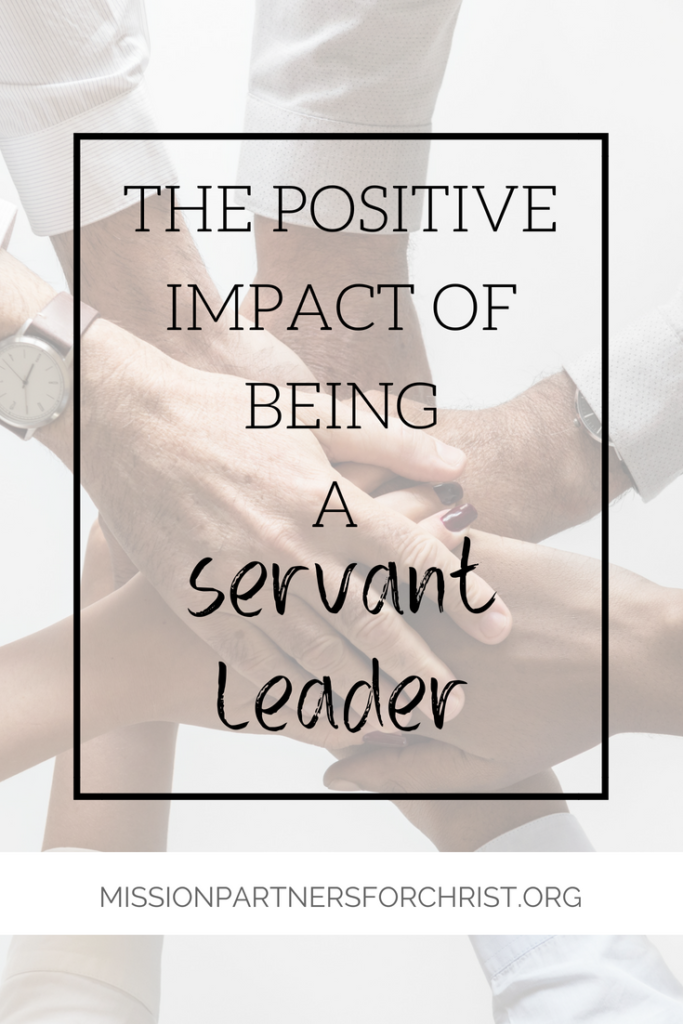When you think about leadership, what comes to mind? Probably someone in charge or a person of authority. It’s rare for leaders to consider the wants and needs of the group more than the wants and needs of self or the business/organization. But what would happen if the view of leadership shifted to being a view of service?
Leadership is something I’ve always been interested in exploring. I thought there was a specific type of person one had to be to be a leader, but when I decided to study leadership in college, I learned that the most important factor to being an effective leader is to be a servant! And this…anyone can do!
Servant leadership is a concept many leaders never learn. It was developed by Robert K. Greenleaf:
“The servant-leader is servant first… It begins with the natural feeling that one wants to serve, to serve first. Then conscious choice brings one to aspire to lead. That person is sharply different from one who is leader first, perhaps because of the need to assuage an unusual power drive or to acquire material possessions…The leader-first and the servant-first are two extreme types. Between them there are shadings and blends that are part of the infinite variety of human nature.
“The difference manifests itself in the care taken by the servant-first to make sure that other people’s highest priority needs are being served. The best test, and difficult to administer, is: Do those served grow as persons? Do they, while being served, become healthier, wiser, freer, more autonomous, more likely themselves to become servants? And, what is the effect on the least privileged in society? Will they benefit or at least not be further deprived?“
A servant-leader focuses primarily on the growth and well-being of people and the communities to which they belong. While traditional leadership generally involves the accumulation and exercise of power by one at the “top of the pyramid,” servant leadership is different. The servant-leader shares power, puts the needs of others first and helps people develop and perform as highly as possible.
So how does servant leadership apply to serving on a mission’s trip?
It applies in a HUGE way! If the entire mission’s team (leaders and participants) approach the field with a servant’s mindset, they will be putting others’ needs before themselves and making a more significant impact!
1. Set an example of service.
You may not be the leader of the group, but by serving the needs of those around you, you will set an example that others will want to follow — even those in authority!
2. Show that you care.
Have you ever heard the quote: “They don’t care how much you know until they know how much you care.” Well, it’s true! Leaders can stand up in front of their team and say they care over and over but the team can tell you whether or not what they are saying is true based on the treatment they receive. Be someone who shows they care and doesn’t just say it. You will gain more respect for what you say!
3. Get to know those around you on a deeper level.
Don’t just invest in the experience, invest in the PEOPLE! Learn their stories, learn their strengths, and learn their dreams! You can serve better when relationships are built and solid. Everyone’s needs are different, so it’s important for a leader to take the time to learn and help develop the team!
These three tips can still be done if you aren’t in a position of leadership. Everyone leads in different ways, and we can all develop or servant leadership style by practicing each and every day.
Tell us in the comments about someone you know who is a servant leader. What impact is he/she making in the world?



Trackbacks/Pingbacks